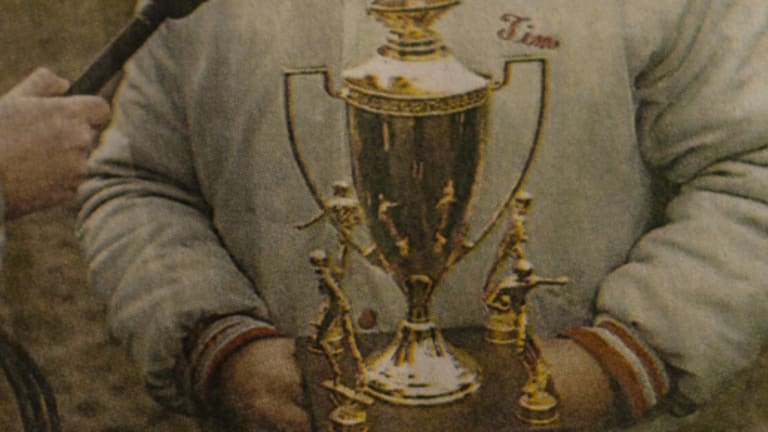Williamsport's Tim Montgomery lived football—but he loved all athletes
By Sep 18, 2019Brian Tobin, former president of the International Tennis Federation, dies at age 93
By Apr 24, 2024Madrid, Spain
Elena Rybakina is a sore winner (this is a good thing)
By Apr 23, 2024Zendaya, Josh O'Connor and Mike Faist on the steamy love triangle of 'Challengers'
By Apr 23, 2024Madrid, Spain
Tatjana Maria will follow daughter Charlotte’s first tournament on live scores from Madrid
By Apr 23, 2024Madrid, Spain
“I hope to make it”: Carlos Alcaraz eyes Madrid three-peat for 21st birthday gift
By Apr 23, 2024Betting Central
Line Calls, presented by FanDuel Sportsbook: WTA Mutua Madrid Open Betting Preview
By Apr 23, 2024Lifestyle
Without a driver's license, what will Elena Rybakina do with the Stuttgart Porsche?
By Apr 23, 2024Pop Culture
How does Taylor feel about Taylor? Fritz speaks on his appreciation for Swift
By Apr 23, 2024Pop Culture
Novak Djokovic named Laureus World Sportsman of the Year for a fifth time
By Apr 22, 2024Williamsport's Tim Montgomery lived football—but he loved all athletes
Remembering a legendary high school football coach, and what he had to teach a tennis player.
Published Sep 18, 2019
Advertising

Williamsport's Tim Montgomery lived football—but he loved all athletes
© 2017 Getty Images
Advertising

Williamsport's Tim Montgomery lived football—but he loved all athletes
Advertising

Williamsport's Tim Montgomery lived football—but he loved all athletes
© 2017 Getty Images